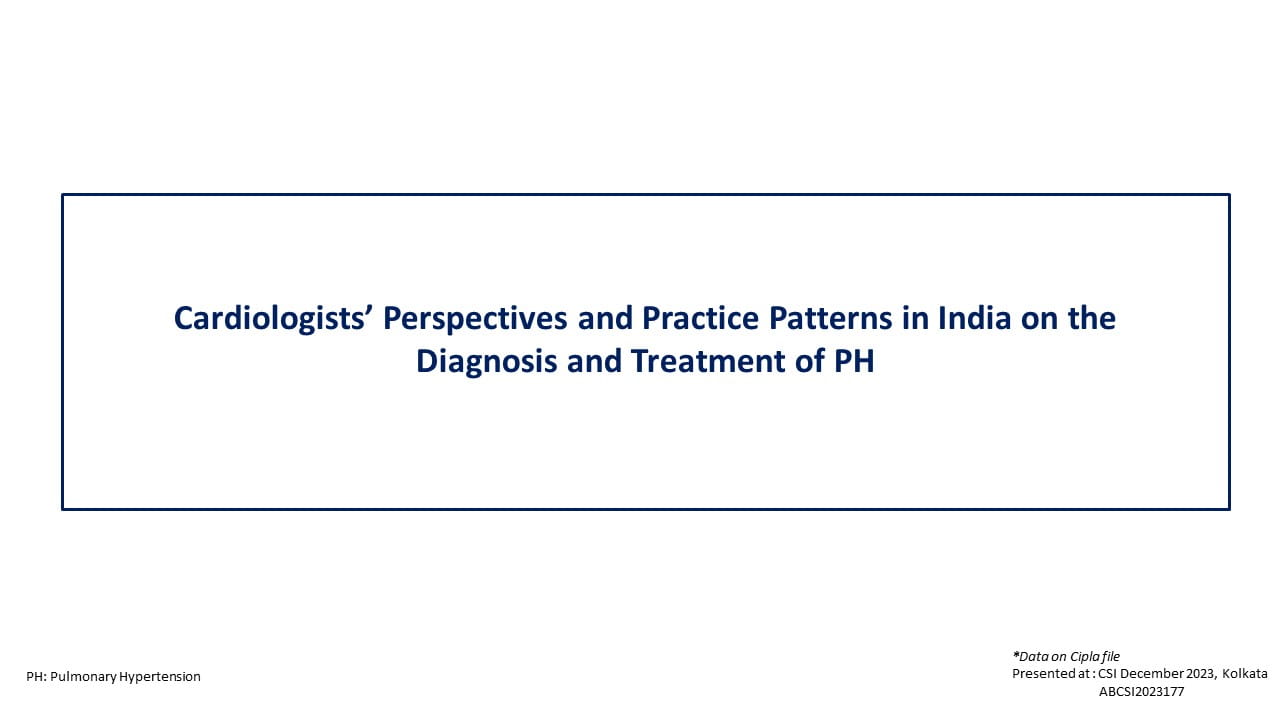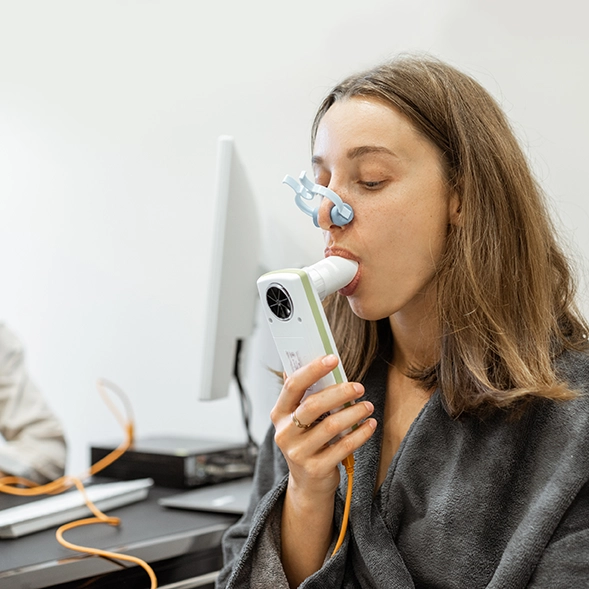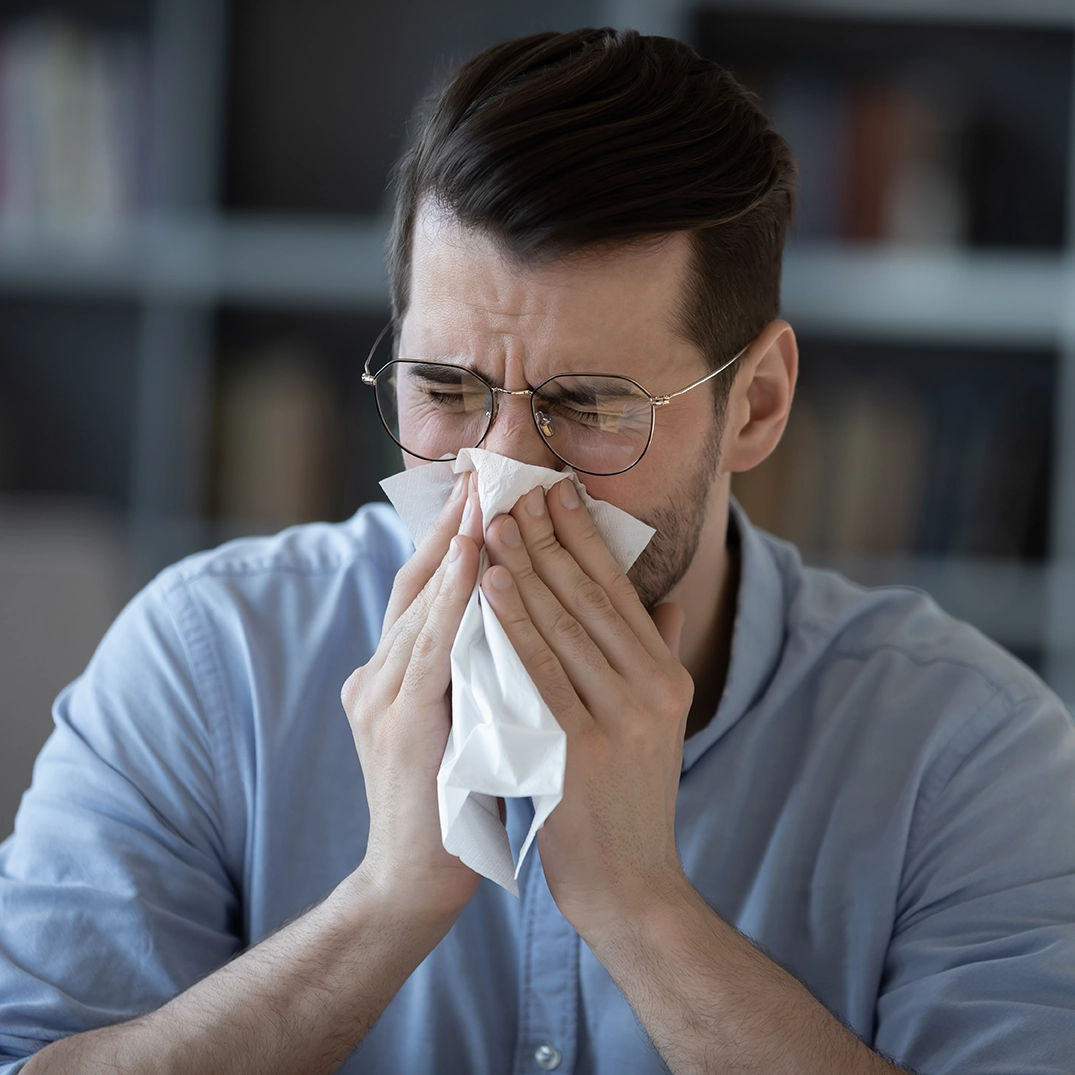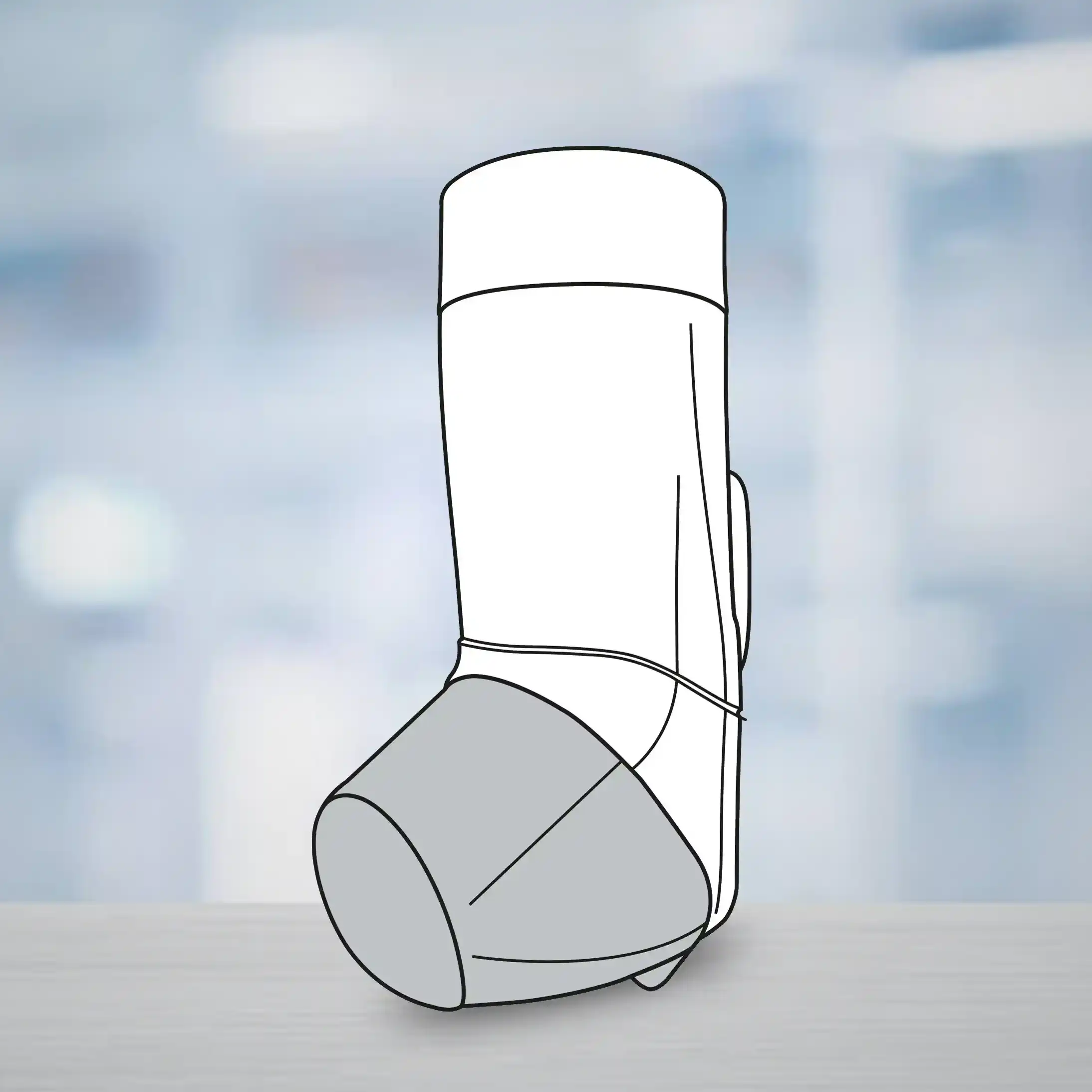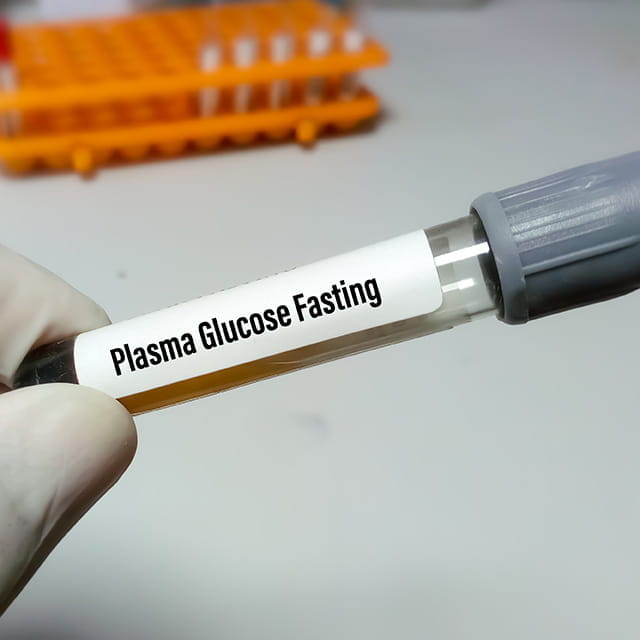Introduction
The efficacy of bilastine, a potent, specific second-generation oral H1 antihistamine has been established for the symptomatic treatment of chronic spontaneous urticaria (CSU). Treatment with bilastine 20 mg for 28 days is associated with reduction in pruritus and wheals and improvement in quality of life (QoL). The excellent efficacy and safety profile of bilastine makes it an ideal H1-antihistamine for updosing the daily dose 4-fold in difficult to treat urticaria as per the current guidelines.
Aim
The efficacy of bilastine in the relief of pruritus in patients with CSU and other pruritic skin diseases was assessed in this study. The safety, tolerability and impact on QoL was also evaluated.
Methods
Study design
- Multicenter, open-label, phase IV study
- 115 patients aged 18-74 years diagnosed with CSU (n=34), eczema/dermatitis (n=30), prurigo(n=25) or cutaneous pruritis (n=26)
- Non-responders to placebo during the run-in period of 7-14 days
- With at least 4 points for the sum of itch score during the last 3 days of run-in
- >16 points for weekly Urticaria Activity Score (UAS7) at baseline
- Cohort received bilastine 20 mg once daily for 8 weeks
- The non-responders with <30% improvement in pruritus score at week 2 received bilastine 40 mg/day from week 2
Endpoints
Primary Endpoints
- Mean change in the weekly pruritus severity score from baseline to week 8 (0-absent and 3-intense)
Secondary Endpoints
- Mean change in weekly UAS7 from baseline to weeks 1, 2,4 and 8
- Mean change in weekly pruritus severity score from baseline to weeks 1, 2 and 4
- Mean change in weekly visual analog scale (VAS) score for pruritus from baseline to weeks 1, 2, 4 and 8
- Change in daily UAS, daily wheal and itch, and daily itch from baseline to weeks 4 and 8
- Change in Dermatology Life Quality Index (DLQI) from baseline to weeks 4 and 8
- Incidence of adverse events (AEs), serious AEs (SAEs) and related AEs
Results
- A total of 115 patients were included, out of which 74.87% were females (n=86)
- The mean age was 42.83 years and median time since diagnosis was 2 years
- Treatment with bilastine resulted in a significant reduction in the primary endpoint with a percentage reduction of 71.16% and absolute reduction of 1.63 points for all the patients (p<0.001)
- The reductions were significant particularly in the CSU (85.43% and 2.11 points) and cutaneous pruritus (77.69% and 1.66 points) groups
- The non-responders also demonstrated significant reduction in the primary endpoint (49.08% and 1,13 points); p<0.001
- There were significant changes in all the secondary efficacy outcomes
- UAS7 scores were significantly reduced in CSU patients (p<0.001)
- Significant improvement in DLQI at weeks 4 and 8 was reported (p<0.001)
- Mild and moderate treatment related AEs were reported in 33.9%
- There was no incidence of SAEs
Conclusion
- Treatment with bilastine was effective in relieving pruritus associated with urticaria and other skin diseases.
- Bilastine was safe and well tolerated.
J Dermatolog Treat. 2019 Mar 5:1-9. Doi: 10.1080/09546634.2019.1590522.



